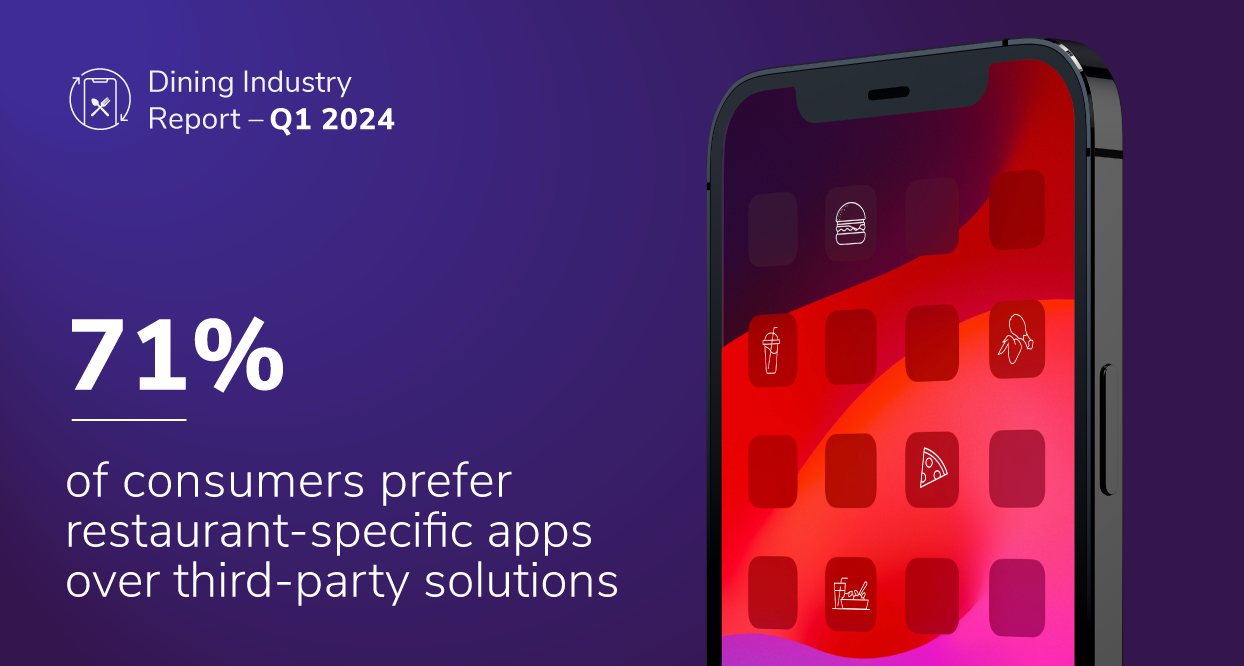Truth the Digital
Modern architecture adheres to an ethic I’ve long admired: Truth to Materials. Every portion of a structure, it instructs, should be built from the most appropriate material, and each component material should appear as itself. For example, if the best-suited material for a particular wall is concrete, the architect and builder use concrete — and don’t hide it behind a facade.
This encourages transparency and integrity on the part of the builder. It ensures that what a customer sees is what they get, and that what they get is the best.
This is a sound, honest way to conduct business. But for reasons we’ll discuss, the digital industry doesn’t model it.
When What You See Isn’t What You Get
Many digital agencies, in their fervor to grow, or maximize profits, subcontract when they land business they’re too small, too busy, or not sufficiently specialized to accommodate. So the work they guaranteed is often simply passed off. First to contractors, then to subcontractors, and even sub-subcontractors, and on and on and on. It’s head spinning. These deep, and deeply unaccountable, chains of work are predominating in the industry.
This dynamic causes work to suffer, diminishes the credibility of even scrupulous agency partners, and adds significant risk to the client.
The work suffers because, when it changes hands so many times, sensible quality control becomes too time-consuming. It’s often done slowly, poorly, or not at all. Further, as you venture down the contractor chain, familiarity with the client’s brand guidelines and business objectives diminishes, which chips away even more at the quality of the output.
There’s a constellation of greater risks to contend with, too. For example, security vulnerabilities become more likely when multiple parties are introduced. ADA (Americans with Disabilities Act) considerations can also be overlooked, which raises significant legal and moral concerns.
All this, of course, does damage to the agency-client relationship. Clients who are once bitten by shoddy work are often, and understandably, twice shy. This erodes the trust necessary to build fruitful, productive working relationships.
How We Grew to Be Different
I promise this isn't a sales pitch…
As a full-capability digital agency, we’ve been fortunate to sidestep these pitfalls. We don’t need to subcontract because we have the in-house expertise to execute on any digital project at the highest level. And because we don’t subcontract, we can remain steadfast in our co-commitments to quality and transparency.
This depth and diversity of capabilities is, in part, a consequence of hard work, strong values, and foresight. But, between the two of us, luck also had a lot to do with it.
A number of years ago, our relationships with several large-cap organizations matured to the point where they wanted us heavily involved in some of their most complex, multidisciplinary, mission-critical projects. In highly-regulated industries, to boot. We were, of course, happy to help. But this expectation put some unusual developmental pressures on a young agency. We had to expand our capabilities: there simply wasn’t any other way to consistently deliver on the needs and expectations of our biggest clients.
So we did. From business strategy down to development—and every creative discipline in between—we redoubled our commitment to mastering the entire digital process, a process that continues to this day. The decision has proved wise; creating efficiencies for us and providing maximum value for the brands we support.
There’s a lesson in this success. In this business, we don’t build our product from physical stuff. Our materials are people, processes, and ideas. But, nonetheless, we’re honor-bound to deliver the highest quality work and to give our clients a clear and complete account of what they’re actually buying. In my experience, there’s only one way to guarantee this.
We ensure that what our clients see is what they get. And that what they get is the best.


